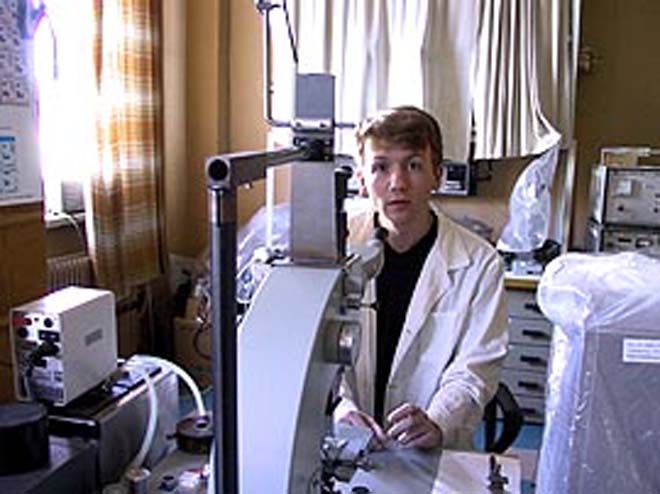Compared to conventional film mammograms, newer digital mammograms produce lower radiation particularly in women with larger and denser breasts, PressTV reported.
Previous studies had reported digital mammograms to be as effective as or even slightly better than conventional ones.
According to a study published in the American Journal of Roentgenology, digital mammograms emit 22 percent less radiation doses compared to film mammograms.
Similar to the benefits of digital photographs over film technology, the x-ray images collected on a computer while using digital mammography provide the physician with various advantages.
"You can zoom in. You can change the contrast level and things like that. When you took a picture with your old film camera, what you took is what you got," said Carol Lee, chairwoman of the American College of Radiology Breast Imaging Commission.
"The ability to reduce the radiation dose for many women is another step forward for breast cancer screening with mammography - which saves thousands of lives each year," said lead researcher Edward Hendrick.
Scientists stressed that the radiation dose emitted from either film or digital breast mammograms are not large enough to be troublesome. They, therefore, urged women not to avoid these tests when recommended.
Digital mammogram emits less radiation
Compared to conventional film mammograms, newer digital mammograms produce lower radiation particularly in women with larger and denser breasts.






